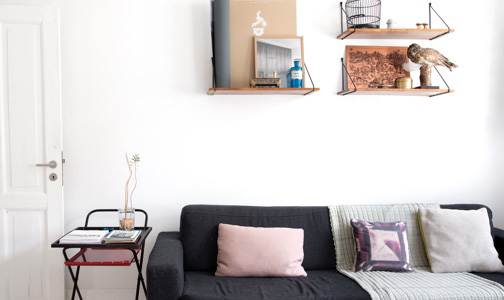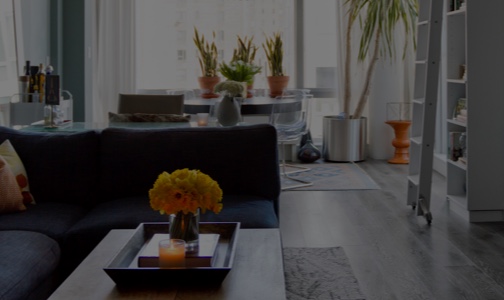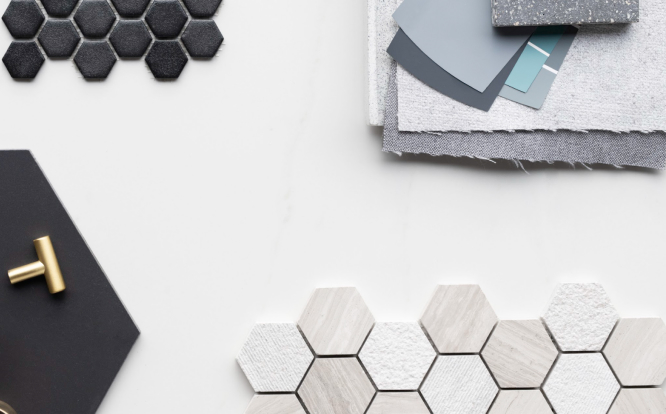Design Guidelines
Say hello to the Houzz logo! This is the one we use to represent our whole company as well as our homeowner-facing resources and platforms.
Download Houzz Brand PackageSay hello to the Houzz logo! This is the one we use to represent our whole company as well as our homeowner-facing resources and platforms.
Behold the Houzz Pro logo! This is the one we use to represent our home professional-facing software and platforms.
Download Houzz Pro Brand PackageBehold the Houzz Pro logo! This is the one we use to represent our home professional-facing software and platforms.
Houzz logo guidelines
Logo Identity
Minimum Size
Clear Space
Colors
Green
Hex: #4DBC15
RGB: R77, G188, B21
CMYK: C62, M0, Y95, K0
Black
Hex: #000000
RGB: R0, G0, B0
CMYK: C0, M0, Y0, K100
Logo Over Solid Backgrounds
Logo Use on Photos


Logo Misuse






Social Media Icons
Houzz Pro logo guidelines
Logo Identity
Minimum Size
Clear Space
Colors
Green
Hex: #4DBC15
RGB: R77, G188, B21
CMYK: C62, M0, Y95, K0
Black
Hex: #000000
RGB: R0, G0, B0
CMYK: C0, M0, Y0, K100
Gray
Hex: #888888
RGB: R136, G136, B136
CMYK: C44, M34, Y29, K10
Logo Over Solid Backgrounds
Logo Use on Photos


Logo Misuse








